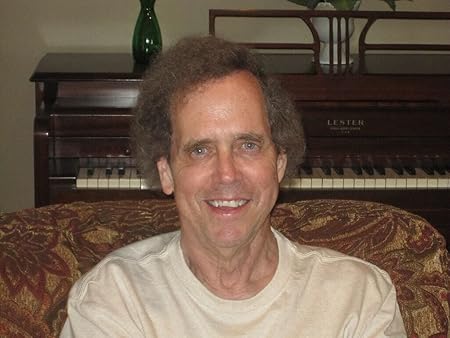| | | MSFT update #1 - current & future vigilance vs. the weekly close printed
on August 20 has merit, with the $305.84 newest record price high located on
the chart above that 8/20 close
MSFT has been a favorite among favorites by dip buyers for many months,
with what Gary Smith often highlighted in his rare public statements over the decades
as a tight-rising price channel
===========================================================
February 1, 2012 by Gary ( not Gary N Smith of CNBC repute )
In the 20 year study ending 2010, 69.1% of the total S&P gains occurred on the first trading day of the month. I don't know how it did in 2011 other than November was a disaster. 2012 has started out with a bang on these favored days in both January and February.
Back in the days when I daytraded stock index futures and swing traded mutual funds, seasonality was an integral part of my strategies. That was in part due to the research of Norman Fosback whose main focus in the 80s and 90s through his Market Logic newsletter (since sold and now defunct) was seasonality studies. He ran a computer simulation from1928 through 1994 and the entire gain from that period occurred on the last trading day through the first four trading days of the month and the two days prior to any market holiday. $10,000 grew to 4.6 million on the seasonally favored days while decreasing to $569 on the other non-favored days. Fosback expanded that seasonal favorable period to include the second to last trading day of the month and the fifth of the new month.
I recall how in the mid-90s from 1990 through mid 1996 that 70% of the entire S&P gains from that period occurred on Mondays. In fact, back in the late 80s, and 90s, each trading day had its own trading characteristics. I don't see much work any longer along the lines of seasonality, maybe too simplistic for the new breed of traders spawned since the 90s.
=========================================================
cut & paste bio from Amazon book section -
Biography My last book, How I Trade For a Living, was published in October 1999. That was a few months before the multi-year decline in the markets led by the crash in the technology sector. Because much of my success in the 1990s was riding the technology wave, many traders assumed I was just a one hit wonder and never to be heard from again. But that has not been the case. In the 21 years since How I Trade For a Living was published, I have been far more profitable dollar wise than I ever was in the 1980s and 1990s.
But my success since 2000 hasn't come from daytrading stock index futures or swing trading technology funds and other sector equity funds. Instead, it has come from trading junk corporate, junk municipal, emerging markets, and securitized bond mutual funds. The last 12 years since 2009 have been the most profitable. During that span through June 2021, I have made over $2,700,000 with less than a 1% drawdown along the way. That averages out to some $225,000 annually and a long ways away from my initial stake of $2200 in the Spring of 1985. It just demonstrates the power of the compound effect of consistently and persistently compounding one’s capital over time. My attraction to the bond funds are their trend persistency over long periods of time combined with their low volatility. I have always preached that traders need to find their own trading niche. I found mine in the bond funds and using the same momentum indicators I used while trading the stock index futures and equity funds.

 |
|






